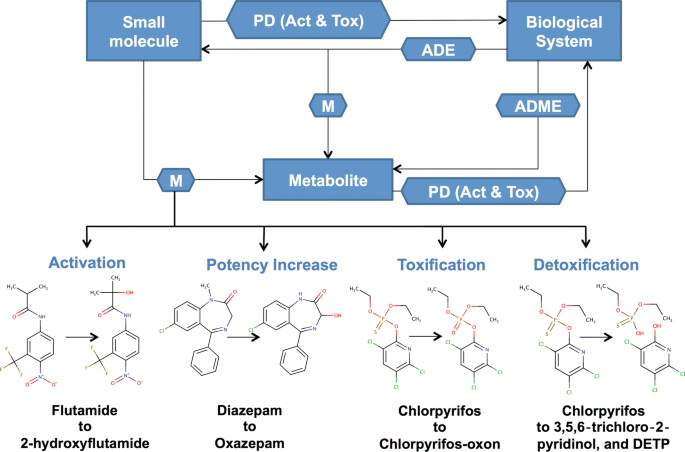

Next, import KNeighborsRegressor from sklearn to fit the model −įrom sklearn.neighbors import KNeighborsRegressor Result1 = classification_report(y_test, y_pred)įirst, start with importing necessary Python packages −ĭata = pd.read_csv(url, names = headernames) Result = confusion_matrix(y_test, y_pred) It can be done with the help of following script −įrom trics import classification_report, confusion_matrix, accuracy_score Next, train the model with the help of KNeighborsClassifier class of sklearn as follows −įrom sklearn.neighbors import KNeighborsClassifierĬlassifier = KNeighborsClassifier(n_neighbors = 8)Īt last we need to make prediction. Next, data scaling will be done as follows −įrom sklearn.preprocessing import StandardScaler X_train, X_test, y_train, y_test = train_test_split(X, y, test_size = 0.40)
#Acid pro 5.0 machine id issues code
Following code will split the dataset into 60% training data and 40% of testing data −įrom sklearn.model_selection import train_test_split Next, we will divide the data into train and test split. Now, we need to read dataset to pandas dataframe as follows −ĭataset = pd.read_csv(path, names = headernames)ĭata Preprocessing will be done with the help of following script lines. Next, we need to assign column names to the dataset as follows −

#Acid pro 5.0 machine id issues download
Next, download the iris dataset from its weblink as follows − The following are the recipes in Python to use KNN as classifier as well as regressor − KNN as Classifierįirst, start with importing necessary python packages − Implementation in PythonĪs we know K-nearest neighbors (KNN) algorithm can be used for both classification as well as regression. Among those three, two of them lies in Red class hence the black dot will also be assigned in red class. We can see in the above diagram the three nearest neighbors of the data point with black dot. Now, we need to classify new data point with black dot (at point 60,60) into blue or red class. Suppose we have a dataset which can be plotted as follows − The following is an example to understand the concept of K and working of KNN algorithm − The most commonly used method to calculate distance is Euclidean.ģ.2 − Now, based on the distance value, sort them in ascending order.ģ.3 − Next, it will choose the top K rows from the sorted array.ģ.4 − Now, it will assign a class to the test point based on most frequent class of these rows. Step 3 − For each point in the test data do the following −ģ.1 − Calculate the distance between test data and each row of training data with the help of any of the method namely: Euclidean, Manhattan or Hamming distance. Step 2 − Next, we need to choose the value of K i.e. So during the first step of KNN, we must load the training as well as test data. Step 1 − For implementing any algorithm, we need dataset. We can understand its working with the help of following steps − K-nearest neighbors (KNN) algorithm uses ‘feature similarity’ to predict the values of new datapoints which further means that the new data point will be assigned a value based on how closely it matches the points in the training set. Non-parametric learning algorithm − KNN is also a non-parametric learning algorithm because it doesn’t assume anything about the underlying data.


Lazy learning algorithm − KNN is a lazy learning algorithm because it does not have a specialized training phase and uses all the data for training while classification. The following two properties would define KNN well − However, it is mainly used for classification predictive problems in industry. K-nearest neighbors (KNN) algorithm is a type of supervised ML algorithm which can be used for both classification as well as regression predictive problems.


 0 kommentar(er)
0 kommentar(er)
